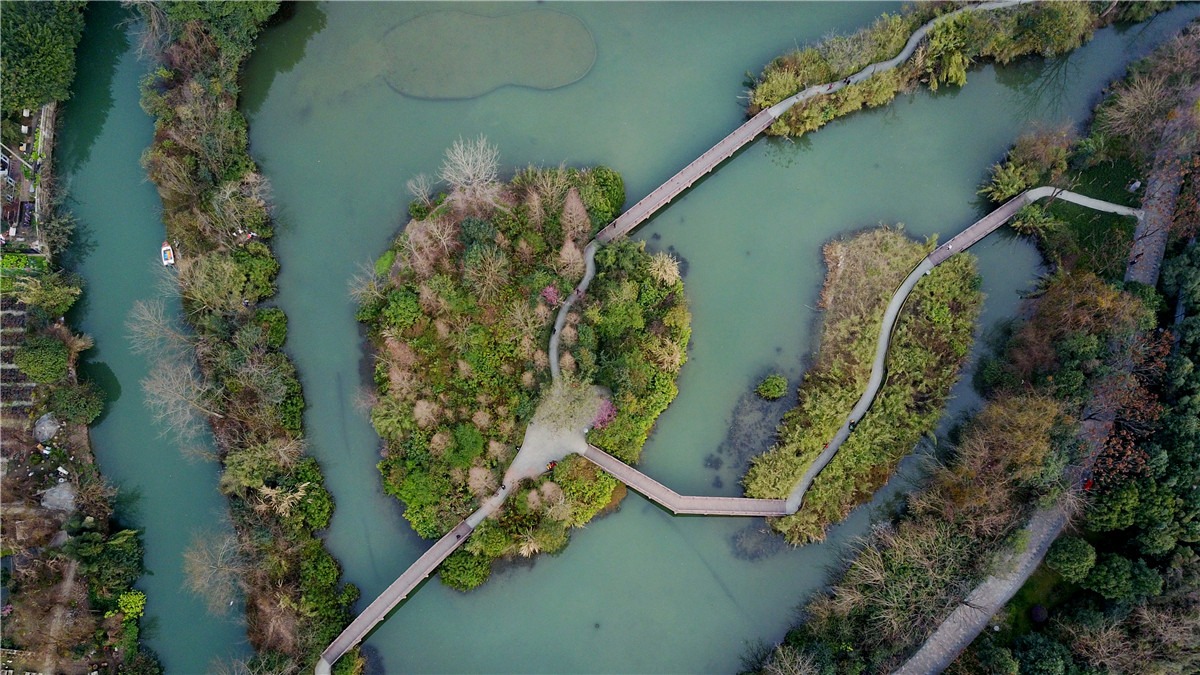


loading...

Chengdu Du Fu Thatched Cottage was once the residence of the poet during his sojourn in Chengdu. In the winter of 759, Du and his family relocated to an ancient temple in west Chengdu to escape from the warfare. In the next spring, he built a dwelling near the Blossom-Bathing Brook under the financial support of his friends and named it Thatched Cottage. Through renovation and expansion in the past millennium, it is now a memorial hall dedicated to the poet Du Fu.
Location:No. 37, Qinghua Road, Qingyang District, Chengdu City
Hotline: 028-68921800














在线展厅
EXHIBITION
In terms of spatial layout, the Du Fu Poem Steles Program features two zones, i.e., the Cultural Relics Zone and the Garden Zone, which were completed before the Spring Festival of 2017 and at the end of 2018, respectively.
详情》The Bonsai Garden was constructed in the 1960s. Bonsai, originated in China, is a fine traditional Chinese art that attempts to simulate natural scenery in flowerpot with plants, stones, water, and soil. By recreating the beauty of nature in miniature, it renders profound artistic conception through little details.
详情》
Location: No. 37, Qinghua Road, Qingyang District, Chengdu City [Online Map]
Tel::028-68921800(Ticket Consultation)
Tel:028-87327392(Emergency Rescue)